All About Bees
Introduction:
Bees are often seen buzzing around flowers in gardens, but their significance extends far beyond their charming presence. These industrious insects play a crucial role in ecosystems around the world, acting as pollinators for a vast number of plants. The importance of bees cannot be overstated, as they are fundamental to biodiversity, food security, and environmental health. This article explores the multifaceted role of bees in ecosystems and the urgent need to protect them.
Bee Pollination
Importance:
Bee pollination is crucial for the reproduction of many plants, including crops that make up a significant portion of the human diet. Bees transfer pollen from the male parts of a flower to the female parts, enabling fertilization and the production of seeds and fruits.
Impact:
Approximately 75% of flowering plants and about 35% of global food crops depend on animal pollinators like bees. This includes fruits, vegetables, nuts, and seeds essential for a balanced diet.
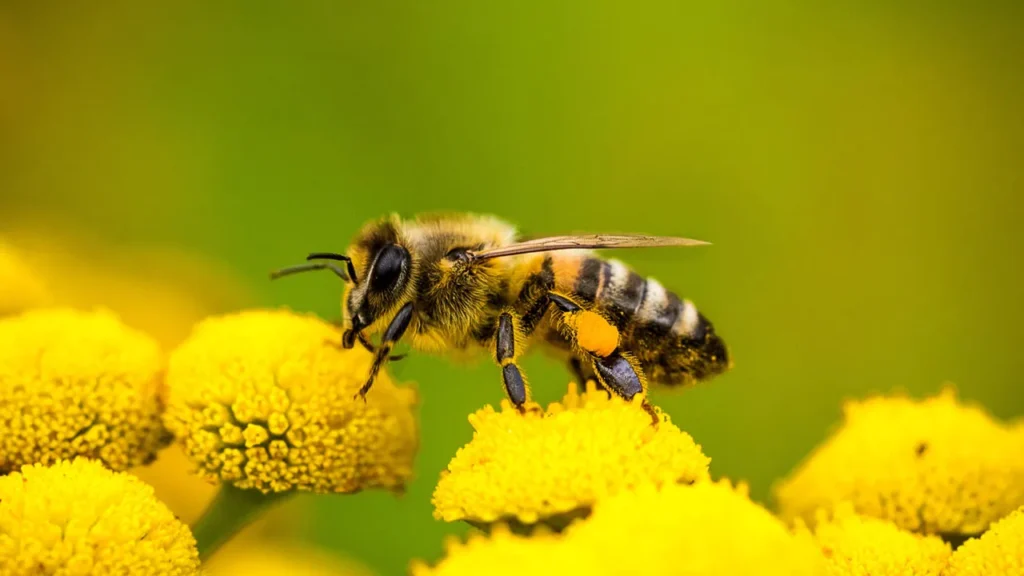
Bee Colony
Structure:
A bee colony consists of a single queen, many worker bees, and drones. The queen’s primary role is to lay eggs, while worker bees perform various tasks such as foraging, nursing larvae, and maintaining the hive. Drones’ main function is to mate with a queen.
Dynamics:
Bee colonies exhibit complex social structures and communication methods, allowing them to efficiently manage resources and respond to environmental changes.
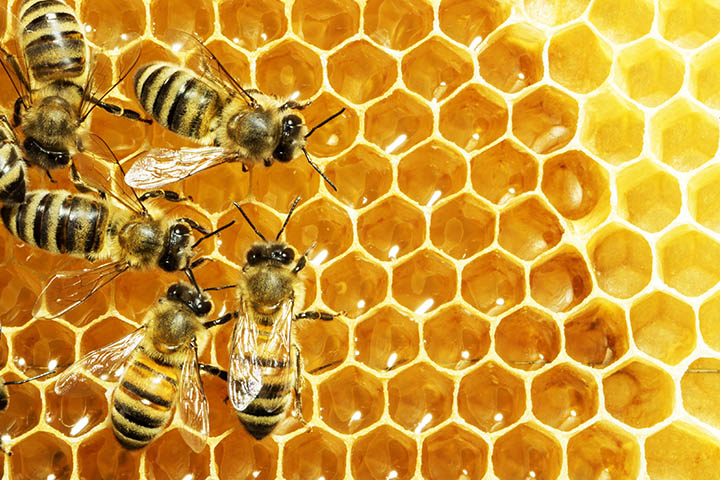
Bee Communication
Methods:
Bees use various communication methods, including:
- Pheromones: Chemical signals that can indicate the presence of a threat, the queen’s health, or the need for certain tasks.
- Waggle Dance: A behavior where foraging bees communicate the location of food sources to their hive mates through a series of movements and vibrations.
Significance:
Effective communication ensures the colony operates cohesively and can adapt to changing conditions.
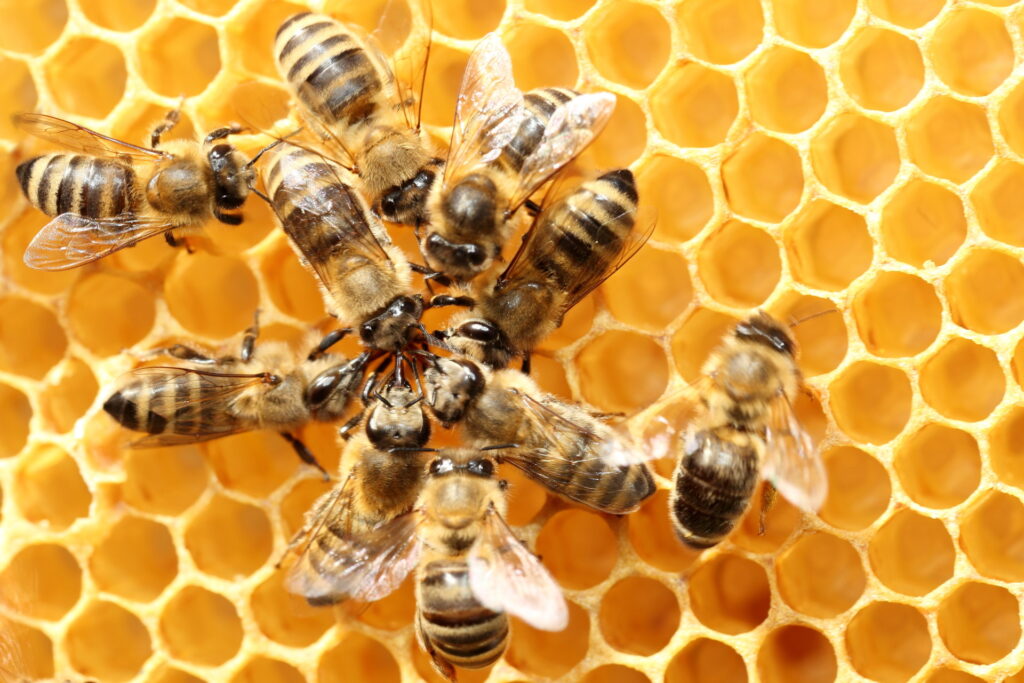
Benefits of Honey
Nutritional Value:
Honey is rich in antioxidants, vitamins, and minerals. It contains flavonoids and phenolic acids, which have been linked to various health benefits.
Uses:
Honey is used in cooking, baking, and as a natural sweetener. It’s also valued for its antibacterial and anti-inflammatory properties, making it useful in traditional medicine and skincare.

Uses of Beeswax
Properties:
Beeswax is a natural wax produced by honeybees. It has a high melting point and is both waterproof and antimicrobial.
Applications:
Beeswax is used in:
- Cosmetics: Lip balms, lotions, and creams.
- Candles: Natural beeswax candles burn cleaner and longer than paraffin candles.
- Food Preservation: Beeswax wraps are an eco-friendly alternative to plastic wrap.
- Polishes: Furniture and shoe polish for its protective qualities.
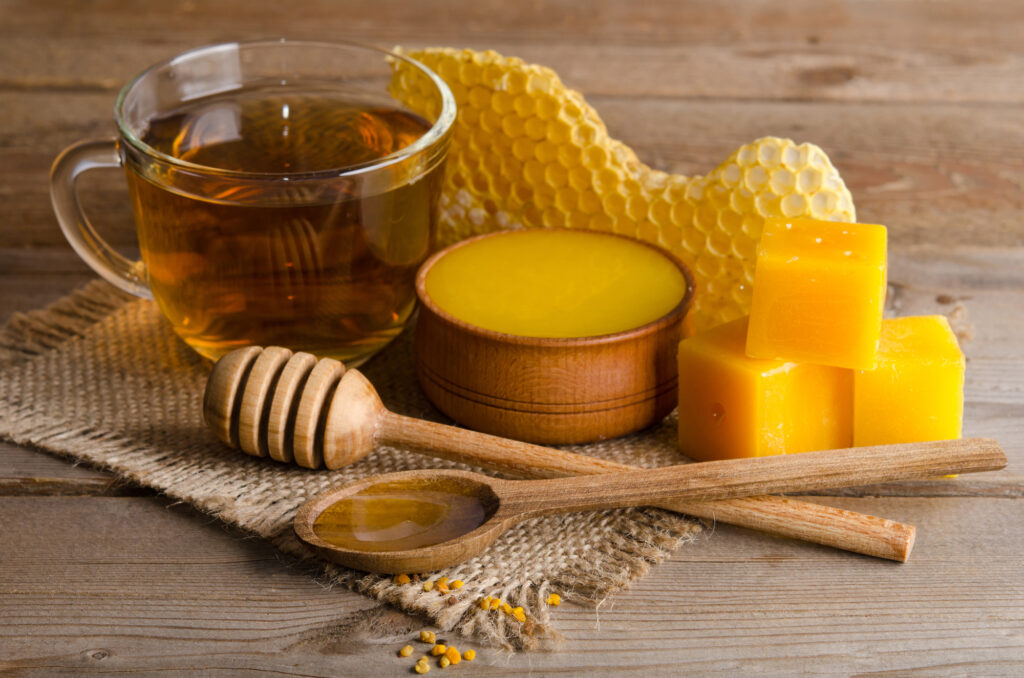
Propolis Benefits
Composition:
Propolis is a resinous mixture that bees collect from tree buds and sap flows. It’s rich in flavonoids and has antimicrobial properties.
Uses:
Propolis is used in natural remedies to treat wounds, sore throats, and various infections. It is also found in some toothpastes and mouthwashes for its oral health benefits.
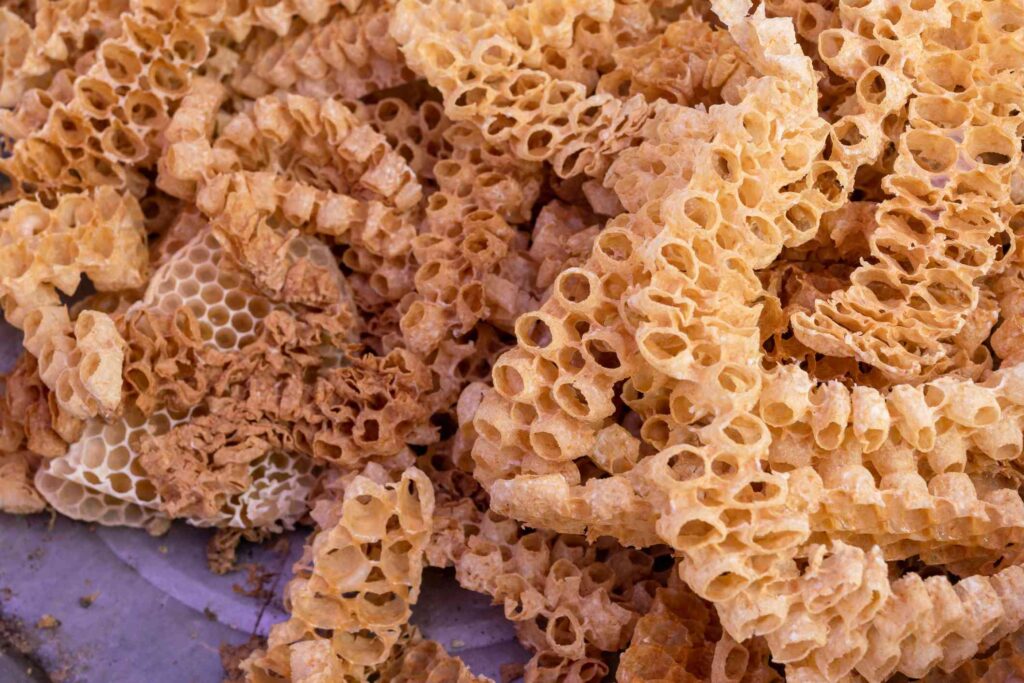
Royal Jelly Uses
Composition:
Royal jelly is a secretion used to feed larvae and the queen bee. It contains water, proteins, sugars, fats, vitamins, and amino acids.
Health Benefits:
Royal jelly is believed to boost the immune system, reduce inflammation, and improve skin health. It’s often used in dietary supplements and skincare products.
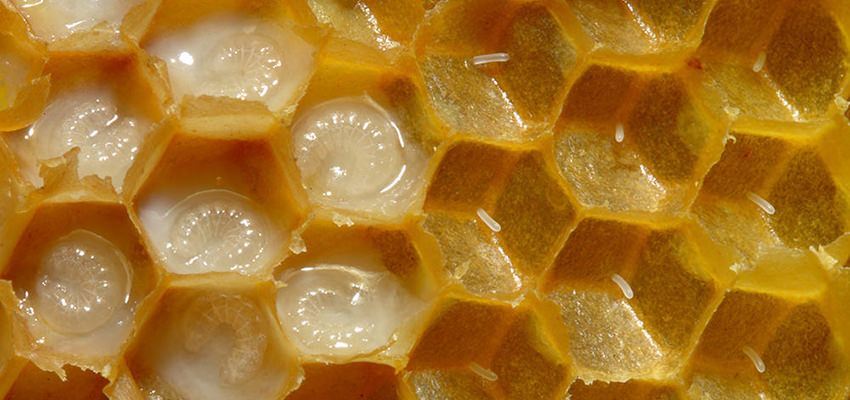
Bee Pollen
Nutritional Content:
Bee pollen is a mixture of flower pollen, nectar, enzymes, honey, wax, and bee secretions. It is highly nutritious, containing proteins, amino acids, vitamins, and minerals.
Uses:
Bee pollen is consumed as a dietary supplement for its potential health benefits, which include boosting energy, supporting the immune system, and improving digestion.
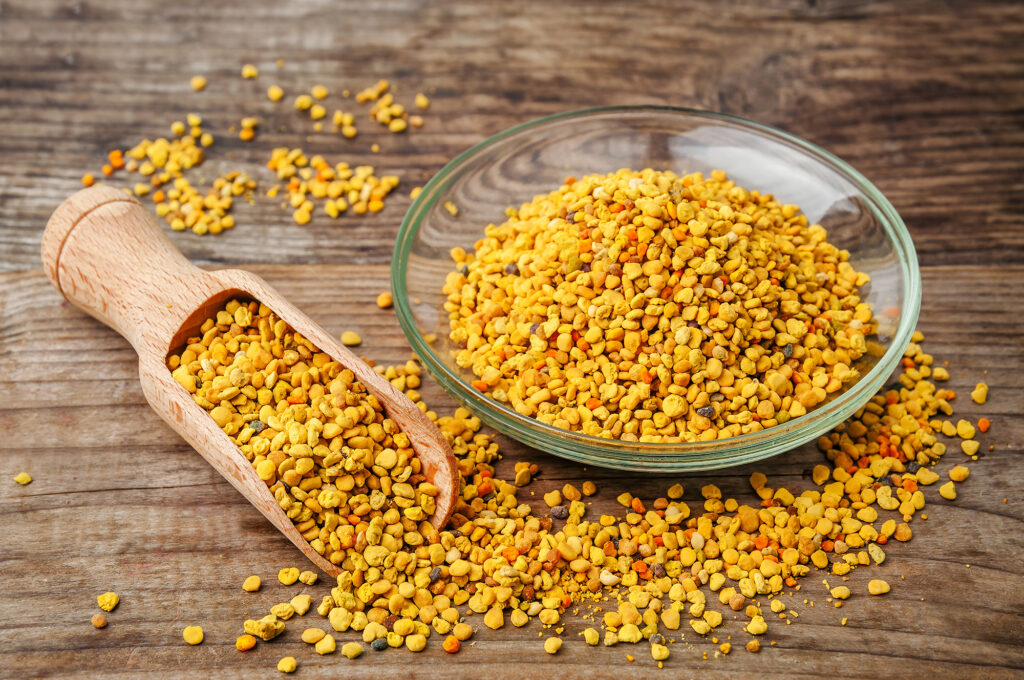
Bee Sting Treatment
First Aid:
Immediate steps to treat a bee sting include:
- Remove the Stinger: Use a scraping motion with a flat object like a credit card to avoid squeezing more venom into the skin.
- Clean the Area: Wash with soap and water to prevent infection.
- Apply Ice: Reduce swelling and pain with an ice pack.
- Take Antihistamines: To alleviate itching and swelling.
Medical Attention:
Seek medical help if you experience severe reactions like difficulty breathing, swelling of the face or throat, or dizziness, as these can be signs of anaphylaxis.
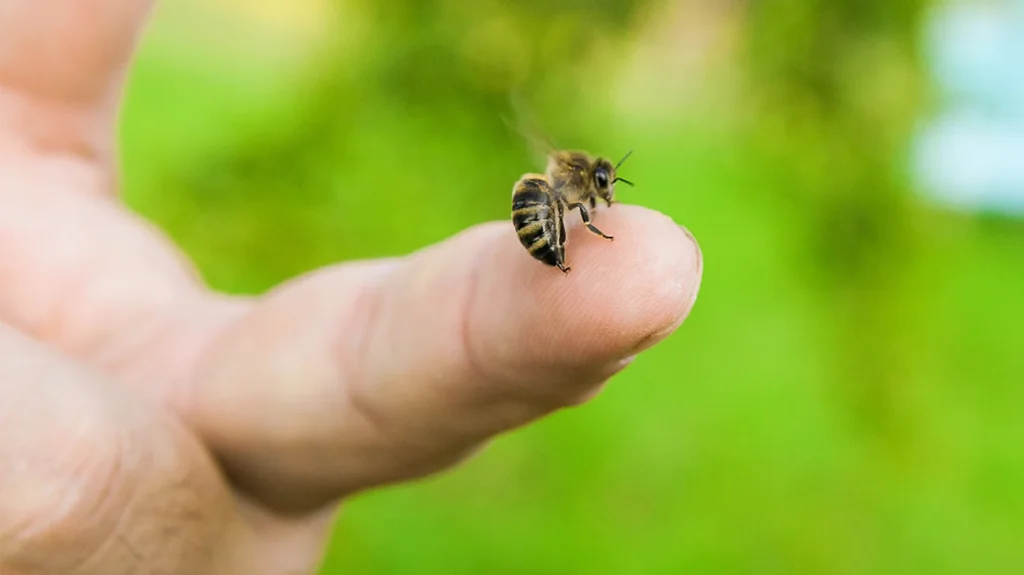
Honeybee Facts
Species:
There are about 8 recognized species of honeybees, with the Western honeybee (Apis mellifera) being the most widely managed for honey production and pollination.
Lifespan:
Worker bees live about 6 weeks during active seasons and up to 6 months during winter. Queens can live for 2-5 years, while drones live for a few weeks.
Plants That Attract Bees
Key Plants:
Bees are attracted to a variety of flowering plants, including:
- Wildflowers: Such as coneflowers, sunflowers, and asters.
- Herbs: Like lavender, thyme, and mint.
- Fruit Trees: Apple, cherry, and plum trees.
Characteristics:
Plants that attract bees typically have bright colors (blue, purple, yellow) and provide abundant nectar and pollen.
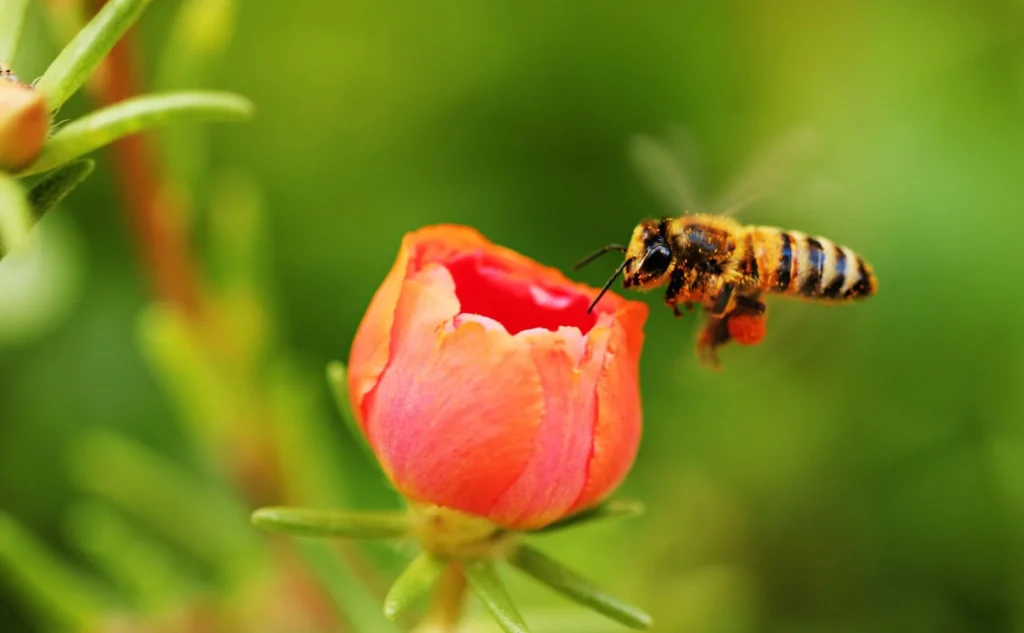
Bee-Friendly Gardens
Design Tips:
To create a bee-friendly garden:
- Diverse Plants: Include a variety of plants that bloom at different times to provide food throughout the growing season.
- Native Species: Use native plants that are well-adapted to local conditions and preferred by local bee species.
- Avoid Pesticides: Reduce or eliminate the use of pesticides to protect bees from harmful chemicals.
Pollinator Plants
Top Choices:
Plants known to attract and support pollinators include:
- Perennials: Echinacea, black-eyed Susan, and bee balm.
- Annuals: Marigold, zinnia, and cosmos.
- Shrubs and Trees: Rhododendron, holly, and willow.
Benefits:
These plants provide essential nectar and pollen, supporting not only bees but also other pollinators like butterflies and hummingbirds.
How to Help Bees
Practical Steps:
- Plant Bee-Friendly Gardens: Include a variety of nectar and pollen-rich plants.
- Provide Water Sources: Create shallow water dishes with stones for bees to land on.
- Avoid Pesticides: Opt for organic gardening methods.
- Support Local Beekeepers: Purchase local honey and other bee products.
- Educate Others: Spread awareness about the importance of bees and how to protect them.
By understanding and supporting bees through these measures, we can help ensure their survival and the continued health of our ecosystems.
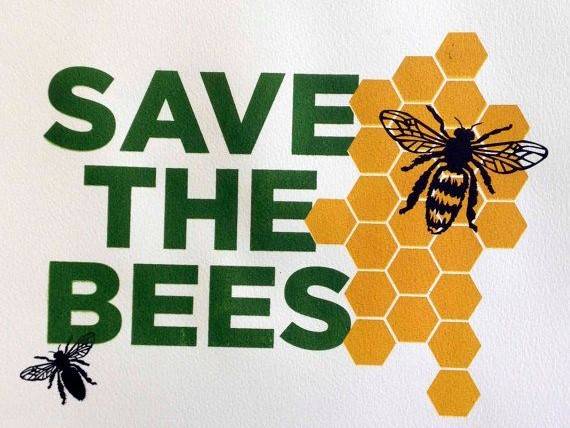
13 thoughts on “All About Bees”
This is such a valuable resource. I’ve learned so much from this post, and I appreciate the practical advice you’ve shared.
Hey there, You have done an excellent job. I抣l definitely digg it and personally recommend to my friends. I’m confident they will be benefited from this website.
Greetings from Los angeles! I’m bored to tears at work so I decided to check out your site on my iphone during lunch break. I love the information you provide here and can’t wait to take a look when I get home. I’m amazed at how fast your blog loaded on my phone .. I’m not even using WIFI, just 3G .. Anyhow, very good blog!
I delight in, cause I found just what I was looking for. You’ve ended my four day long hunt! God Bless you man. Have a nice day. Bye
This actually answered my drawback, thank you!
Good day! I could have sworn I’ve been to this blog before but after reading through some of the post I realized it’s new to me. Nonetheless, I’m definitely happy I found it and I’ll be book-marking and checking back frequently!
You should take part in a contest for one of the best blogs on the web. I will recommend this site!
very good submit, i certainly love this web site, keep on it
Very interesting information!Perfect just what I was searching for!
You have noted very interesting points! ps decent site.
Your house is valueble for me. Thanks!…
You have brought up a very superb details , appreciate it for the post.
Some truly quality content on this site, saved to fav.